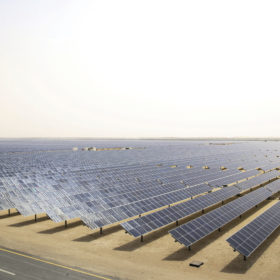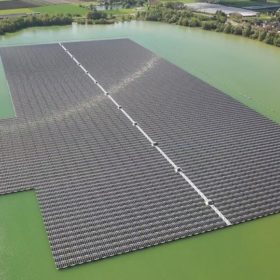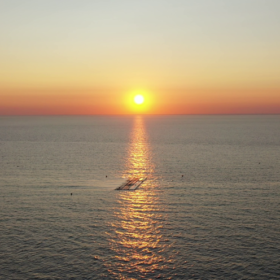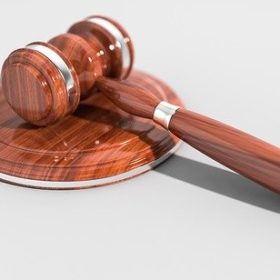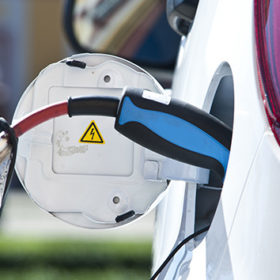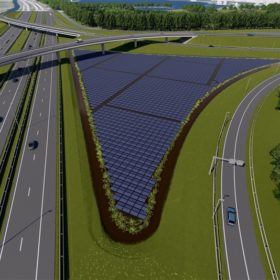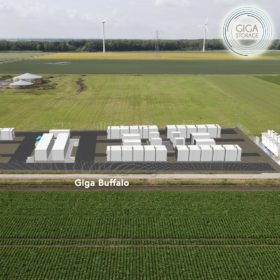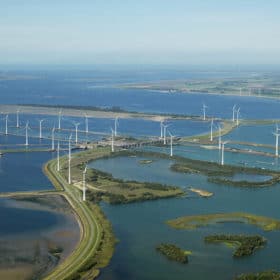‘Polysilicon shortage will continue through 2021’
The latest global PV industry outlook published by trade group SolarPower Europe, has indicated tight supply of the solar panel raw material is expected to persist this year but the trade body said it would be unlikely to drive further price rises.
Huge Vietnamese solar park could hit 2.8 GW within a year
An energy transition investment report published this week has also revealed the former world record low price for solar power announced by the Al Dhafra project in Abu Dhabi last year, has fallen even lower since.
Another 70 MW of floating solar goes online in the Netherlands
BayWa re commissioned two floating PV facilities which it claims are the largest in Europe and outside Asia.
First lessons learnt from offshore pilot PV system in North Sea after 18-month operation
The 50 kW modular PV system started operating at the end of November 2019. According to its developer, Dutch start-up Oceans of Energy, power production after 18 months of operations is in line with expectations. The installation had to withstand several storms and waves with a height of up to 10 meters.
Rotterdam court conditionally releases Longi PV modules
Korean solar manufacturer Hanwha Q Cells has told pv magazine a Dutch court which gave it permission to seize a shipment of solar products made by Chinese rival Longi Solar at the warehouse of a storage keeper last month, has confirmed Longi can reclaim the PV products upon proof they will not be distributed in European markets where a Hanwha technology patent applies.
Longi moves to reverse Dutch court decision permitting seizure of PV panels at Rotterdam
A shipment of modules from the Chinese solar manufacturer was reportedly seized in the Netherlands last month on the orders of Korean rival Hanwha Q Cells, which persuaded a Dutch court the products might be distributed in third-party nations in infringement of one of its European patents.
Netherlands licenses first EV smart charging company to provide grid services
The NewMotion electric vehicle (EV) charging business owned by Anglo-Dutch energy giant Shell has become the first such entity to obtain a licence to provide grid balancing services in the Netherlands. Dutch grid company Tennet has licensed NewMotion to provide megawatt-scale balancing services to maintain grid frequency at 50 Hz by varying the rate at […]
Floating PV and flow batteries to power highways’ junction in the Netherlands
A floating PV array coupled to flow batteries is planned to power the operations of a new road under construction to connect two highways in the Netherlands. The project is aimed, in particular, at powering ventilation, lighting, and other installations of a tunnel.
Plans unveiled for Netherlands’ largest battery
The 24 MW/48 MWh system is being built by Dutch storage system provider Giga Storage and utility Eneco. The battery will be used by Eneco for forecasting supply-demand errors on the intraday trading market.
Large-scale PV to join wind power complex at Dutch dam
The project is expected to have a capacity of up to 50 MW and is set to be commissioned in 2023.

